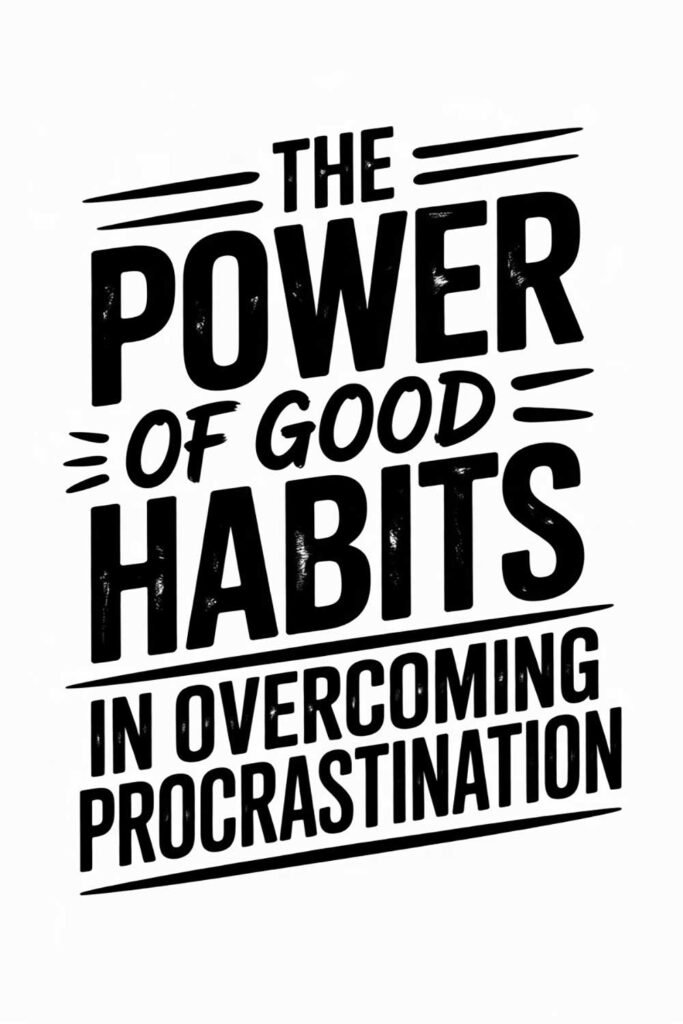
Goal Setting: The Ultimate Guide to Achieving Your Dreams
Why Goal Setting Matters
Goal setting is one of the most powerful tools for personal and professional success. Without clear goals, it’s easy to feel lost, unmotivated, and stuck in a cycle of wishful thinking. When you set goals effectively, you create a roadmap that guides your actions, helps you measure progress, and keeps you accountable. Whether you want to improve your career, health, relationships, or personal development, the right goals will help you turn aspirations into reality.
The Science Behind Effective Goal Setting
Psychologists have long studied the power of goal setting and found that specific, challenging goals lead to higher performance compared to vague or easy goals. According to Locke and Latham’s Goal-Setting Theory, goals influence behavior by:
- Directing attention and effort toward important activities.
- Increasing persistence to overcome obstacles.
- Encouraging the development of strategies that lead to success.
The SMART Goal Framework
To set goals that work, use the SMART method:
- Specific: Define exactly what you want to achieve.
- Measurable: Ensure there’s a way to track progress.
- Achievable: Set realistic yet challenging targets.
- Relevant: Align goals with your values and priorities.
- Time-bound: Set a clear deadline for achieving your goal.
Example: Instead of saying, “I want to get fit,” set a SMART goal like, “I will go to the gym three times a week and lose 10 pounds in three months.”
Short-Term vs. Long-Term Goals
Breaking down big ambitions into manageable steps makes them easier to achieve.
- Short-Term Goals: Achievable within days or months (e.g., reading one book per month, waking up an hour earlier).
- Long-Term Goals: Require years of consistent effort (e.g., running a marathon, launching a successful business).
By setting both types, you maintain momentum and celebrate small wins along the way.
Strategies for Staying on Track
1. Write Down Your Goals
Studies show that writing goals down increases commitment and accountability. Keep a goal journal or use a vision board to visualize success.
2. Create an Action Plan
Break goals into actionable steps. If your goal is to start a business, list the tasks required, such as researching your market, developing a business plan, and launching a website.
3. Stay Accountable
Share your goals with a mentor, friend, or accountability partner. Regular check-ins help keep you focused and motivated.
4. Track Progress and Adjust When Necessary
Use a planner, app, or habit tracker to monitor progress. If you hit roadblocks, reassess and make adjustments while staying committed to your end goal.
5. Overcome Obstacles
Every journey has setbacks. Learn to anticipate challenges and develop resilience. If motivation fades, revisit your why—the reason you set your goal in the first place.
The Power of Visualization and Affirmations
Visualizing success can boost motivation and performance.
- Spend a few minutes each day imagining yourself achieving your goal.
- Use positive affirmations to reinforce belief in your abilities (e.g., “I am disciplined and capable of reaching my goals.”)
Picture This
Imagine waking up each morning with a clear purpose. You know exactly what you’re working toward, and every action you take brings you closer to your dreams. Your goals are no longer just ideas—they are real, tangible achievements unfolding before your eyes. You feel empowered, focused, and excited about your future. That’s the power of goal setting done right.
Share This with Someone Who Needs It
If this guide helped you, share it with a friend or colleague who wants to take control of their future. Let’s inspire each other to set and achieve meaningful goals.






